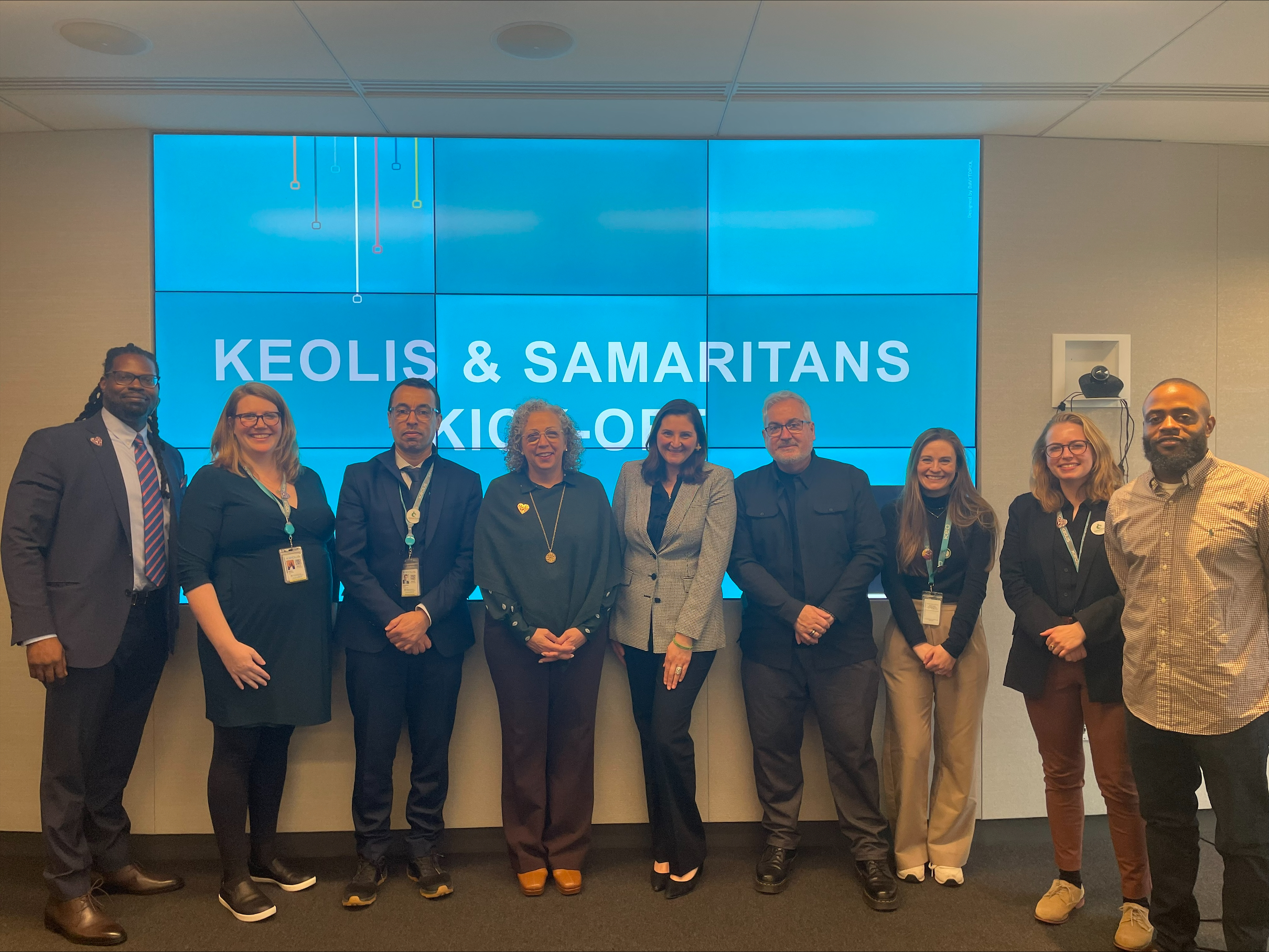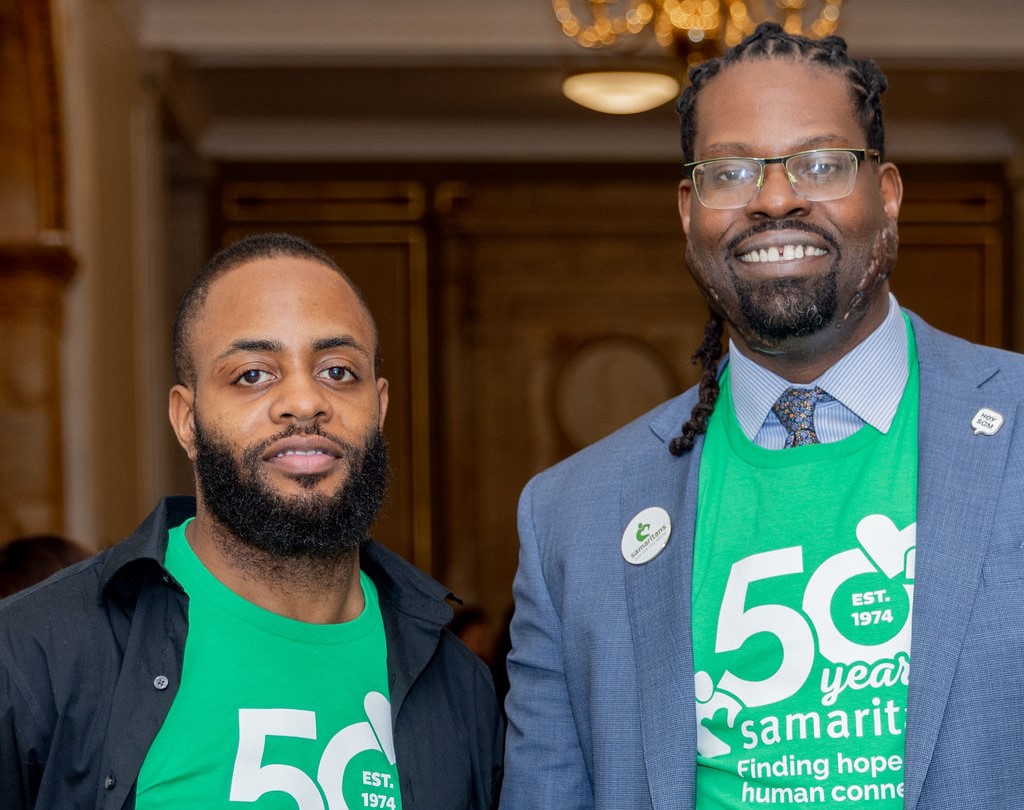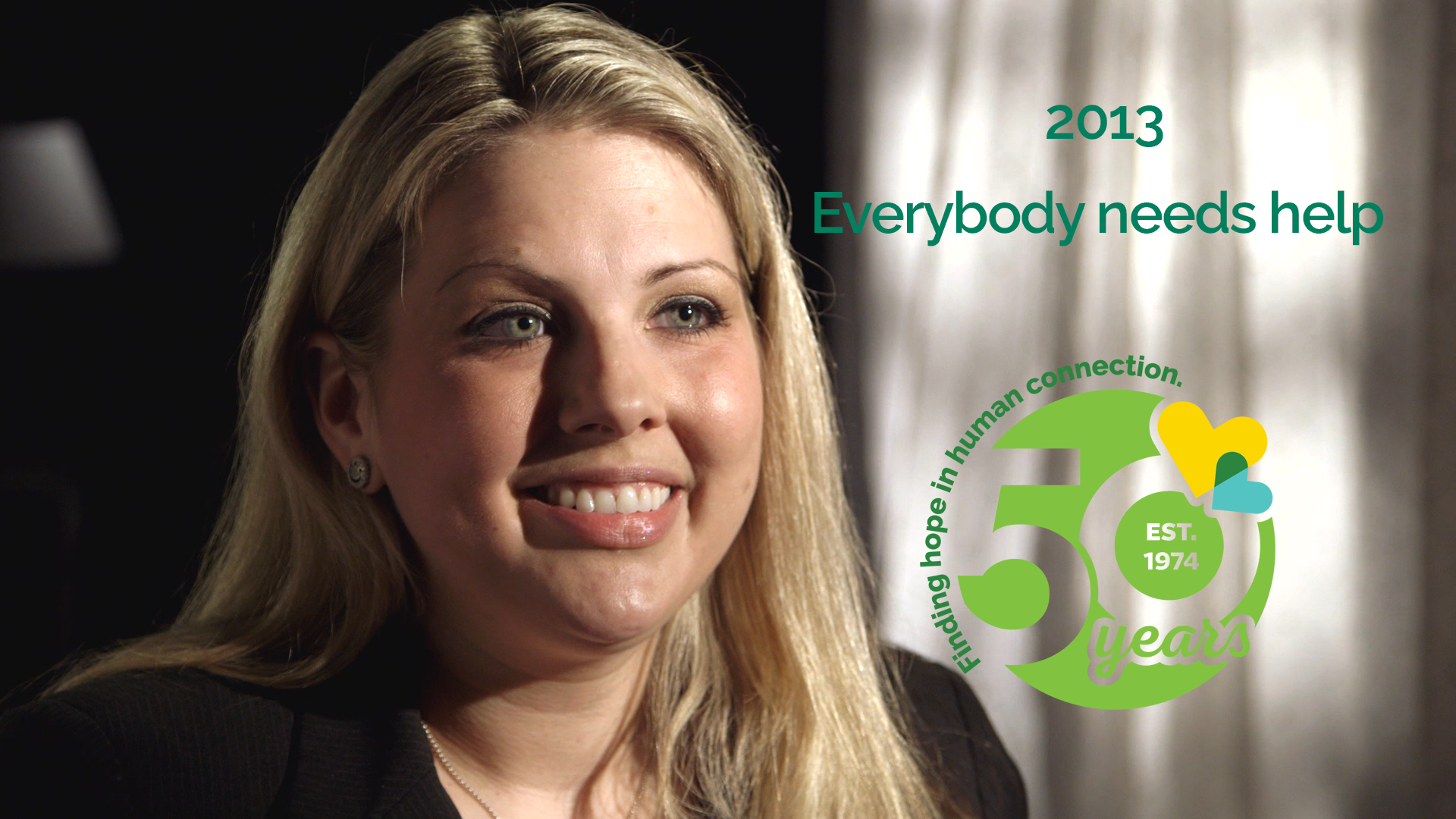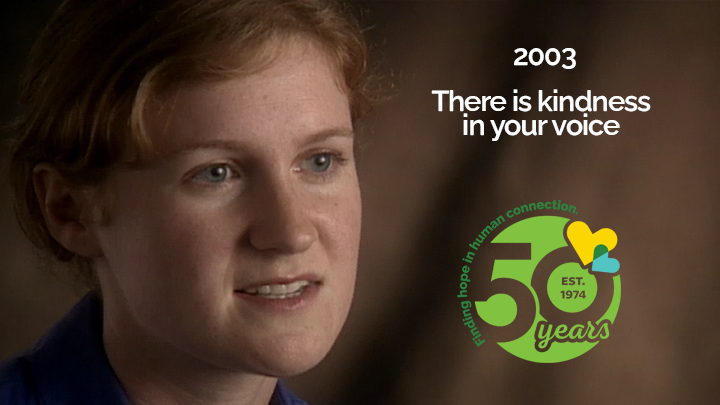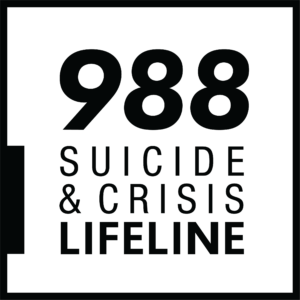 Danielle Petrucci
Danielle Petrucci
K-12 Wellness Curriculum Coordinator, Hamilton-Wenham Regional School District
Ten years ago, Samaritans’ Community Education and Outreach team first entered my health classroom. I cannot begin to describe how transformative and significant this visit would be for the students — and for me. Like many individuals, I was scared to talk about suicide and depression. Even though I knew how common mental illness is, I did not know how to talk about it. The social stigma that exists with mental health issues is an unspoken issue in society, and it was a strong barrier even for a health educator.
We started to have in-depth meetings and conversations with Samaritans’ educators, who travel from school to school each day providing this free service. Soon, I learned how to get past the stigma of mental illness by providing tools to talk to my students about this epidemic in a sincere and comfortable way. I learned that talking about suicide or depression is not the problem, the problem is when we don’t talk about it. I began creating extension lessons, making connections to the curriculum, and collaborating with our school counselors. At Miles River Middle School, we have expanded the conversation school-wide. Once a month, each homeroom participates in an advisory lesson inspired by our relationship with Samaritans. The lesson themes are based on social-emotional skill building.
The most compelling evidence proving the significance of Samaritans’ work comes directly from the students. One of my 8th grade students shared her experience of putting Samaritans’ lessons into action: “My best friend since birth who struggles with depression and has attempted suicide now keeps Samaritans’ number in her phone.” She explained that the visit from Samaritans opened the dialogue between the two girls, making it more comfortable for them to listen and share their feelings.
The way Samaritans addresses suicide prevention makes a sincere connection with the students. Our school counselors have shared that, after Samaritans visits, many students will seek out help because Samaritans opens the doors for students to feel safe expressing their feelings to a professional. They better understand no one should carry their struggles alone. Together we are saving lives.
The more we talk about mental illness, depression, and suicide, the more likely it is that people will seek professional help and receive support. When we work together to build communities focused on suicide prevention, we can prevent suicide and manage mental illness. With our partnership, we have created a community of empathetic students who listen to each other, help others who are feeling stressed, are reflective on the way they are feeling, and reach out to those in need (friend or not). They give each other hope, and THAT is what a Samaritan does.
